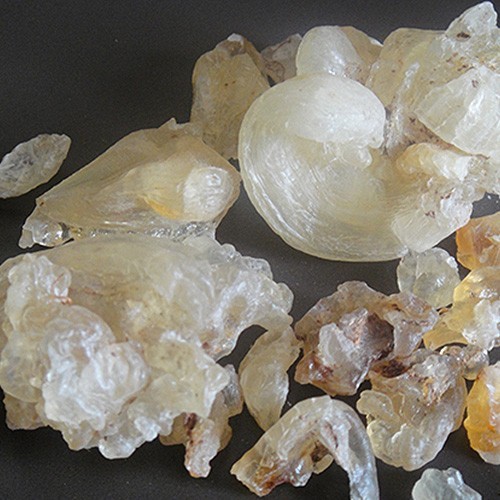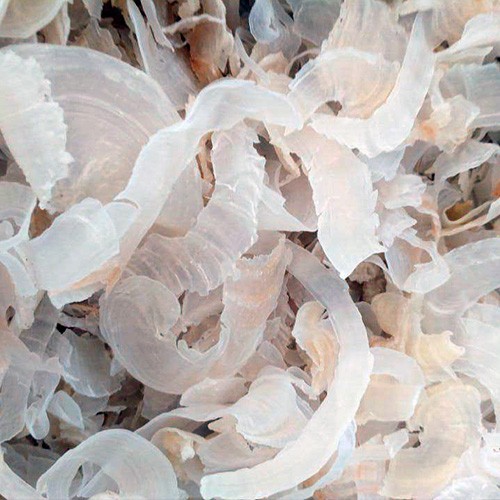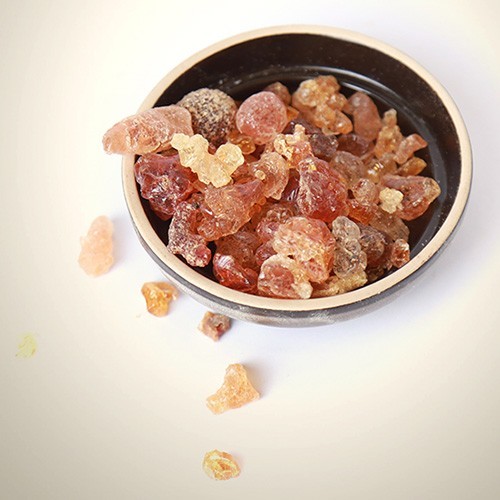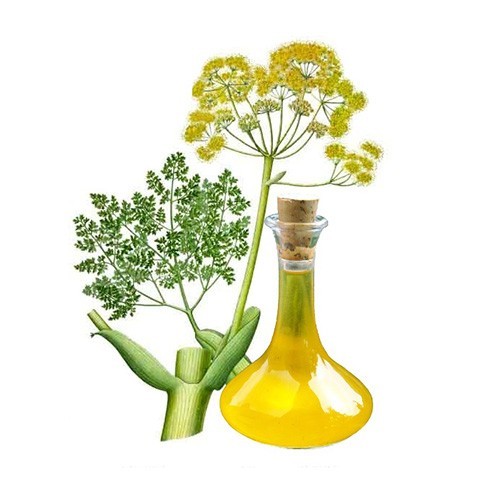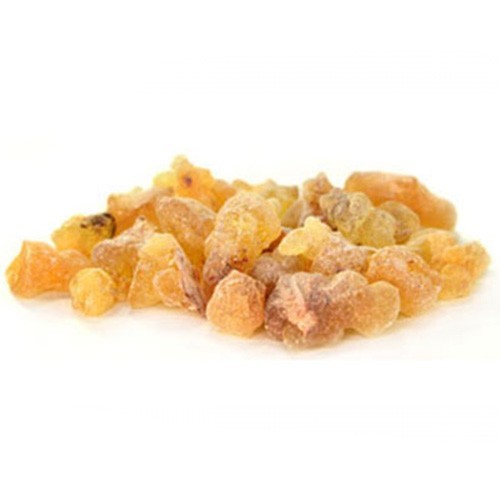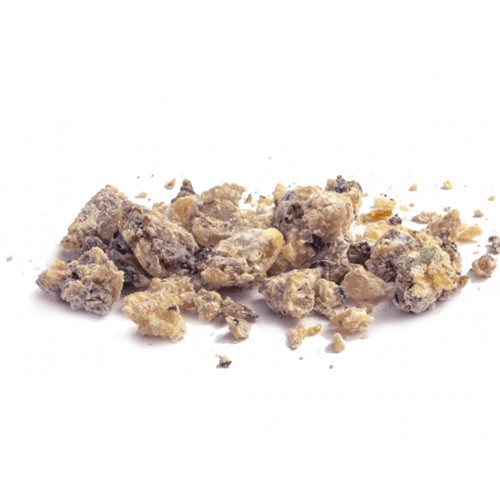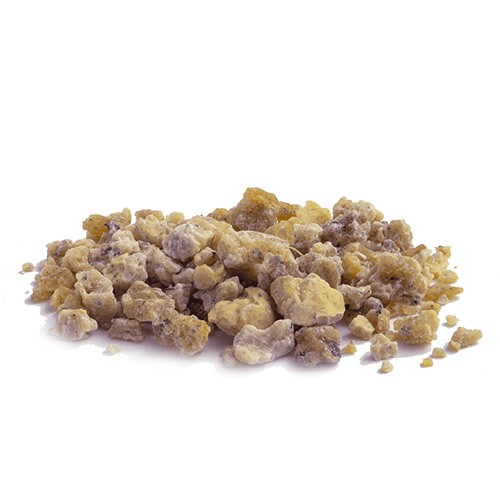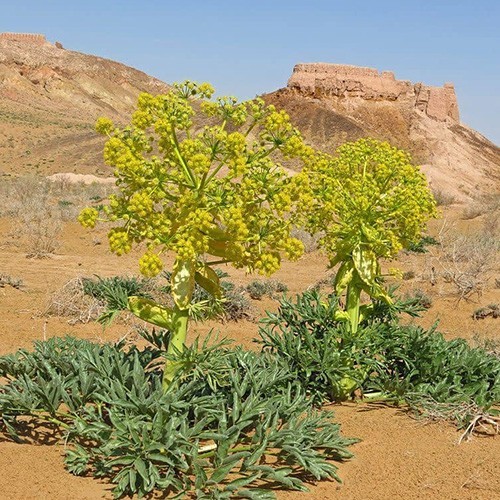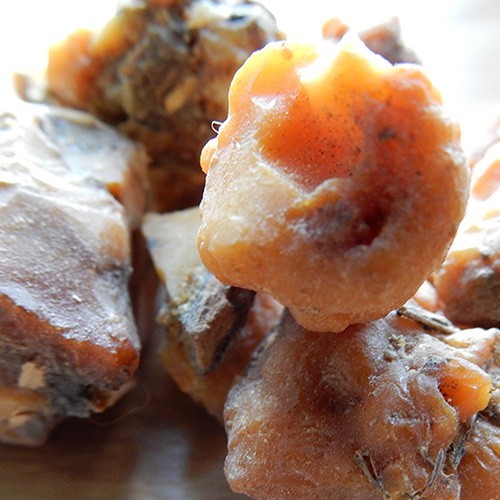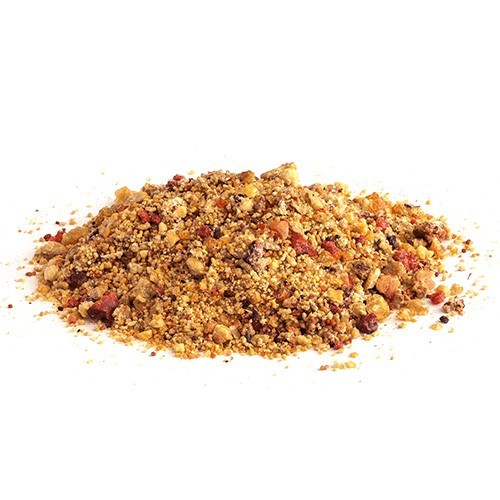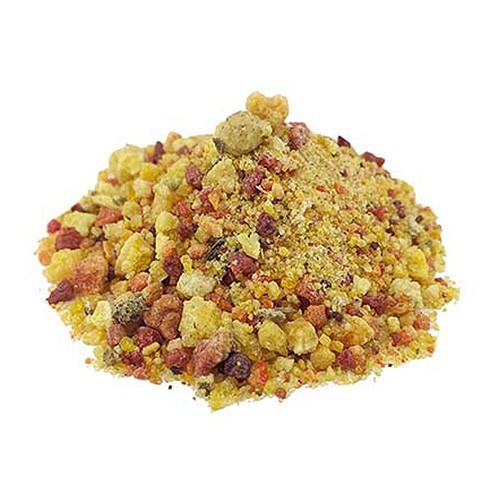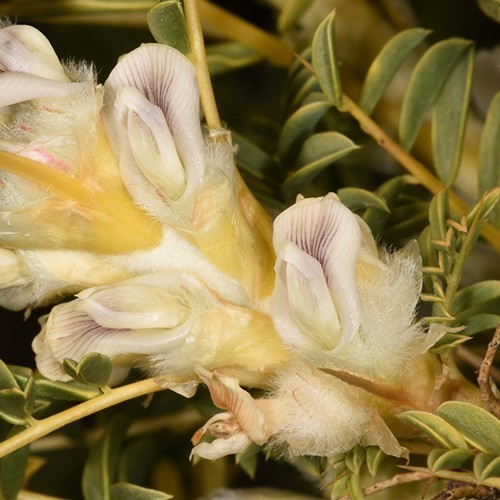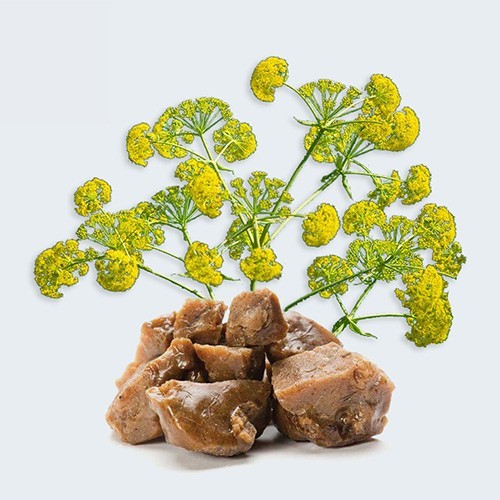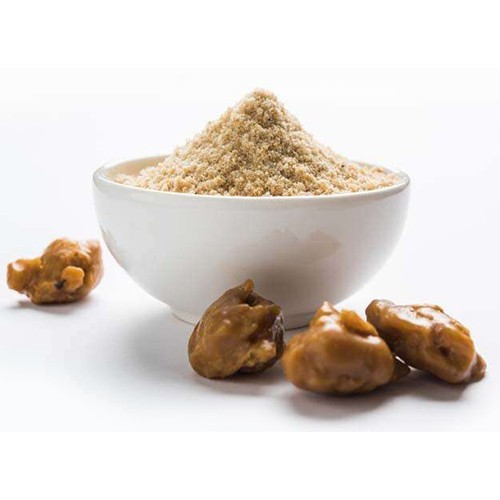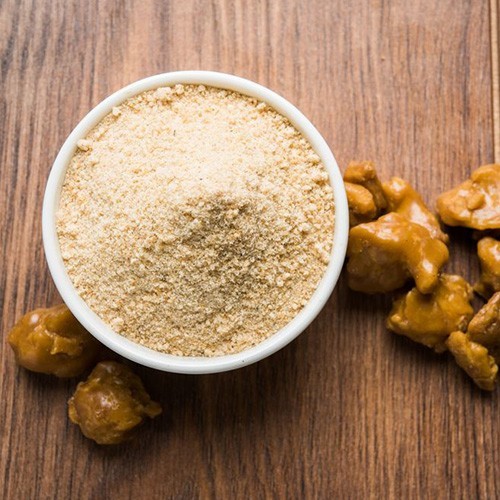Tragacanth Gum
-
By
 YaserFoods
YaserFoods
Tragacanth Gum
Scientific Name: Astragalus Gossypinus Fisch
English Name: Tragacanth gum, Locoweed, Milk-vetch, Astragal
Persian Name: Katira, Gavan, Gavan sefid, Gavan panbeie
Arabic Name: Astragalus, Qatad, Kathira, Kathira Beida, Makhlab Al-Eqab
Astragalus belongs to the Leguminosae family, which is found in nature in two types of annuals or perennials. The height of this plant is around 75 cm and its mature stems are dark purple and the flowers are purple, blue or white. The gum of Astragalus called tragacanth contains compounds such as polysaccharides, basurin and tragacanth that has many applications in food, cosmetics and medicine industries.
Important properties and medicinal effects of tragacanth:
This plant is used as a binding object in the medical industries, such as toothpastes, body lotions, dentures and ointments.
It is widely used in the cosmetics industry, such as hair styling gels.
In the food industry, this plant is used to stabilize and thicken substances in salad dressings, foods and beverages.
It is used in medicine to treat heatstroke, treat urinary problems, strengthen skin and hair, treat constipation and other.
This plant is found in Iran, Syria and some other Asian countries. Iran, Turkey and Syria are the largest producers of tragacanth gum in the world. The best type of tragacanth gum in the world belongs to Iran, which is very famous and popular in the international markets. In Iran this plant grows in the heights area of Kohgiluyeh and Boyer-Ahmad, Fars, Khorasan Razavi and Kerman provinces.
